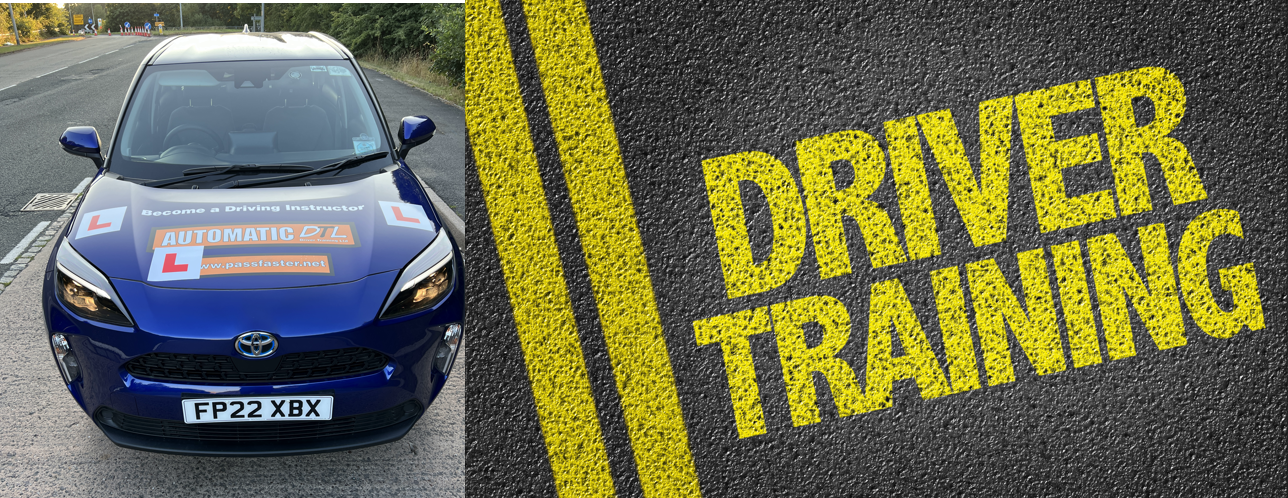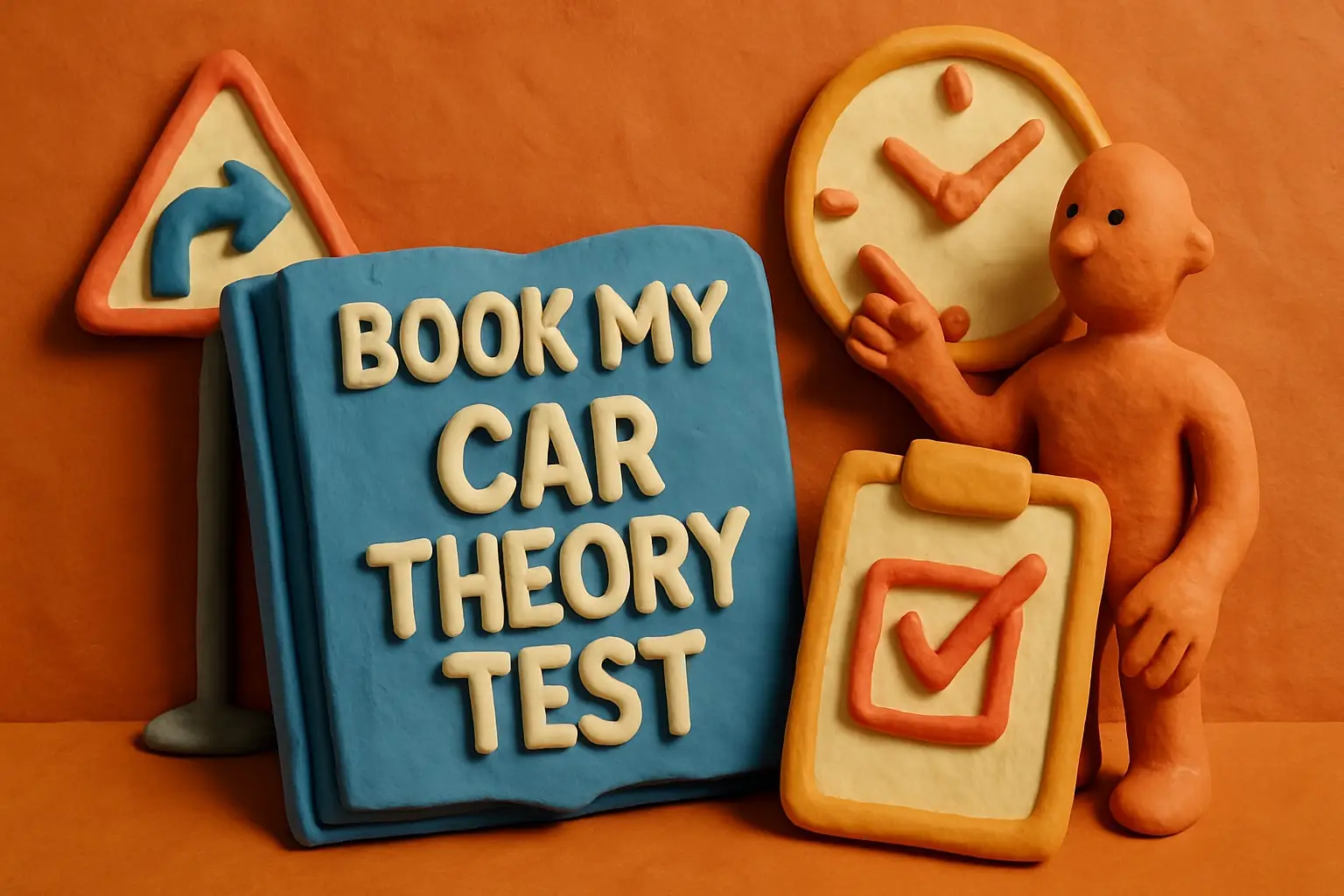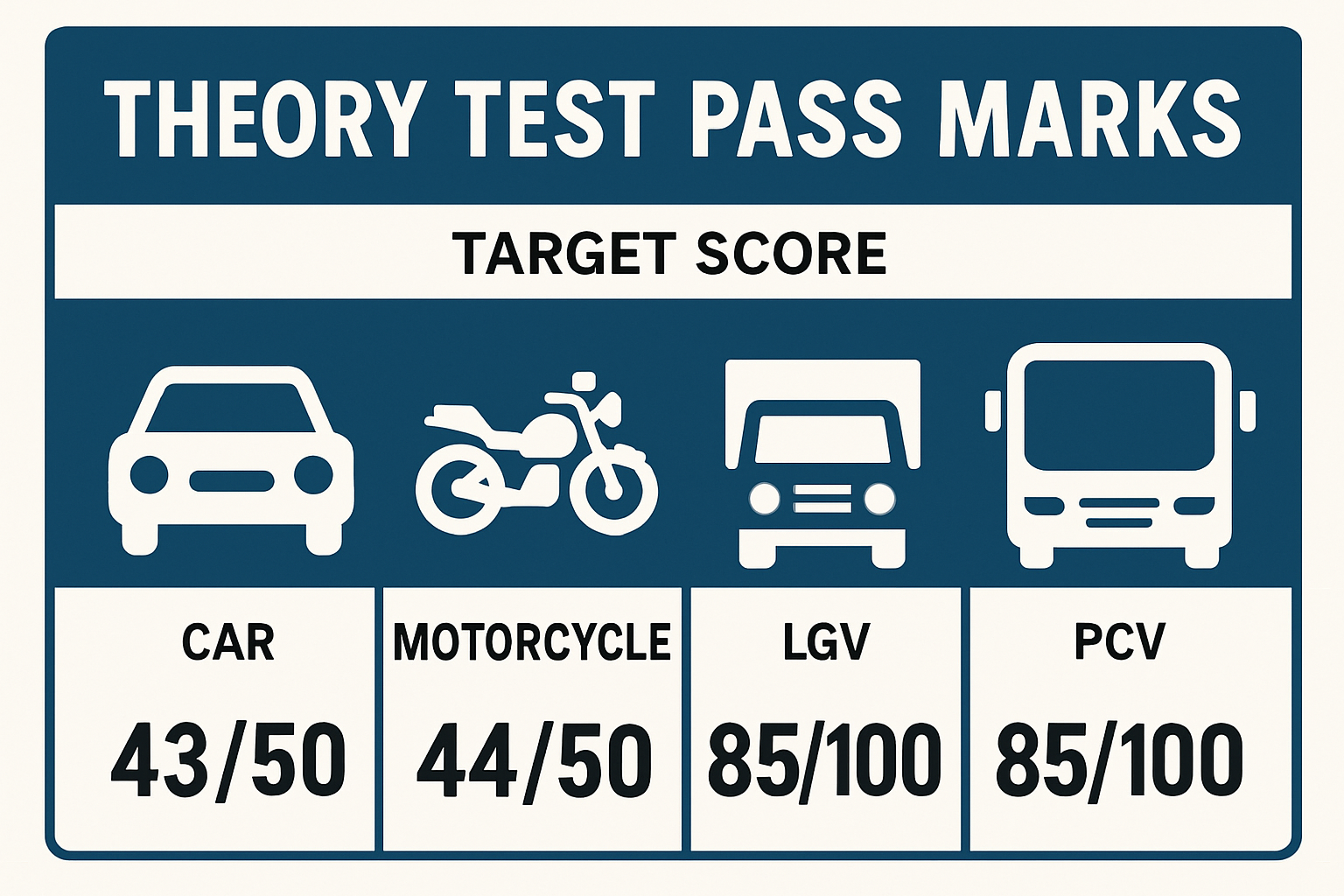THEORY TEST PASS MARKS: WHAT YOU REALLY NEED TO KNOW
Before you even turn a key or twist a throttle, every British driver faces the same rite of passage — the theory test. It’s the first real test of your road knowledge and hazard perception, and it’s designed to make sure you’re safe, aware, and ready for the realities of driving so what are the theory test pass marks?

But the pass mark isn’t the same for everyone. Whether you’re learning to drive a car, ride a bike, or drive a bus full of passengers, the target score changes — and knowing what to aim for can make all the difference.
Here’s a clear, simple breakdown of what you’ll need to pass.
CAR (CATEGORY B)
If you’re taking your car theory test, you’ll face:
- 50 multiple-choice questions — and you’ll need 43 correct to pass.
- 14 hazard perception clips — scoring at least 44 out of 75.
It’s a fair balance. The multiple-choice section checks your understanding of the Highway Code, while the hazard perception clips test how quickly you can spot trouble developing on the road.
MOTORCYCLE (CATEGORY A)
The motorcycle theory test is identical to the car version:
- 43 out of 50 on the questions.
- 44 out of 75 for hazard perception.
Riders need sharp awareness and anticipation — it’s not just about balance and control, it’s about staying alert and predicting danger before it happens.
LARGE GOODS VEHICLE (LGV / HGV)
For future lorry drivers, the challenge steps up a gear:
- 85 out of 100 questions right.
- 67 out of 100 on hazard perception (19 clips).
With more weight, more power, and less room for error, professional drivers must show a deeper understanding of road safety and vehicle handling. These tests make sure they’re up to the job.
PASSENGER CARRYING VEHICLE (PCV)
Driving a bus or coach brings responsibility not just for the vehicle, but for every person on board.
To pass, you’ll need:
- 85 out of 100 on the theory questions.
- 67 out of 100 on hazard perception.
It’s the same standard as LGV, and rightly so — passenger comfort and safety depend on a cool head and sound judgement behind the wheel.
APPROVED DRIVING INSTRUCTOR (ADI)
And finally, the toughest of the lot. If you’re training to become a driving instructor, the DVSA expects top-level knowledge and professionalism.
To pass, you must score:
- 85 out of 100 on the multiple-choice paper, with at least 20 correct answers in each of the 4 categories.
- 57 out of 75 on hazard perception.
It’s a high bar, but instructors are shaping the next generation of drivers. You’re not just teaching how to pass a test — you’re teaching how to stay safe for life.
Theory test pass marks explained
Each of these tests plays a crucial part in keeping Britain’s roads safe. Whether you’re driving a hatchback, a heavy goods vehicle, or teaching learners how to master the road, the message is the same: knowledge, awareness, and responsibility matter most.
So if you’re preparing for your theory test, take it seriously — study hard, practice the hazard clips, and give yourself the best chance to pass first time. After all, every great driver starts with the same first step.




